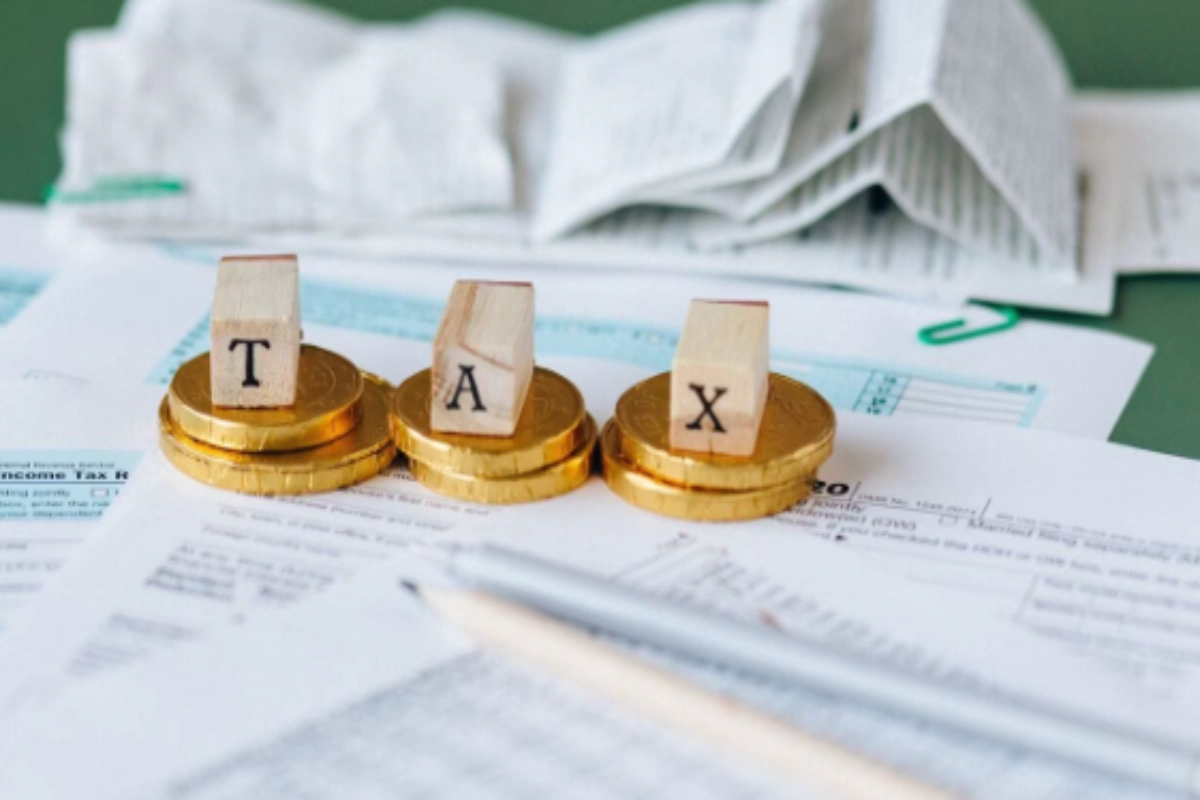Income Tax News: The income tax department may raise an outstanding demand for a number of reasons, including incorrectly selecting the ITR form, filing an IT return without include TDS, filing tax challans for self-assessment, failing to file certain forms or other processing errors by the CPC.
Incorrect Selection of ITR Form
For a number of reasons, such as choosing the wrong ITR form, failing to include TDS in your IT filing, failing to complete certain forms, self-assessment tax challans, or other processing problems with CPC, the income tax department may issue an overdue demand.
Who is able to make an exceptional demand?
The following people may make an outstanding demand.
Centralized Processing Center (CPC) : Following the processing of the taxpayer’s filed income tax return, CPC may issue the notice of demand. The CPC’s notification need to be regarded as a notice of demand under Section 156.
Assessing Officer: The demand notice may occasionally be sent out by the assessing officer. These matters could include rectifications that are pending with the AO or scrutiny notices.
If this is the case, make sure that the notice’s DIN (Document Identification Number) can be accessed online via your ITD account. Recipients should not be encouraged to reply to emails from officials that do not come from the income tax department. Furthermore, avoid returning calls from random cellphone numbers.
How can I use the Income Tax Portal to verify Outstanding Demand?
The technique below allows taxpayers to view the outstanding demand.
- Login to https://eportal.incometax.gov.in/
- Click Response to Outstanding Demand under Pending Actions.
- The demands that are now available on the PAN will be displayed on the following screen. The taxpayer must respond to the demand by taking remedial measures.
How Do I Send in a Response for a Notable Request?
Depending on the details of the case, there may be variations in the way a response to an outstanding demand is issued.
Demand is Correct: In the event that the taxpayer believes the demand is valid, he must submit the necessary documentation to support that belief.
- Click “E Pay Taxes” to complete the challan payment if the demand is accurate and you haven’t already paid.
- Include the challan information and send the response if the demand is accurate and you have already made payment.
Disagree with the Demand: Click “disagree with demand” and choose the appropriate reason(s) if the demand is inappropriate.
- Demand fulfilled, and the challan (without open challan information) has a CIN
- Demand fulfilled, and challan (with open challan details) has CIN
- Demand fulfilled; challan’s CIN is missing.
- Already, demand has decreased by Orders for Correction, Revision, and Appeal
- The appellate order has already decreased the demand, but the appeal will take effect.
- A stay petition and an appeal have been filed.
- There is an appeal; a stay is issued.
- Appeal filed; payment approved in installments.
- Correction/Updated filed a return at CPC
- Correction submitted to AO Other
What occurs if an answer is not sent in?
The following may occur if the taxpayer has not responded to an unfulfilled demand.
- Over time, interest on outstanding demand will accrue.
- Any outstanding demand will be deducted from any upcoming reimbursements.
The deadline for answering unmet demand
Taxpayers typically have 30 days from the date of notification or notification to respond to a demand. The deadline varies depending on the specifics of the request.
